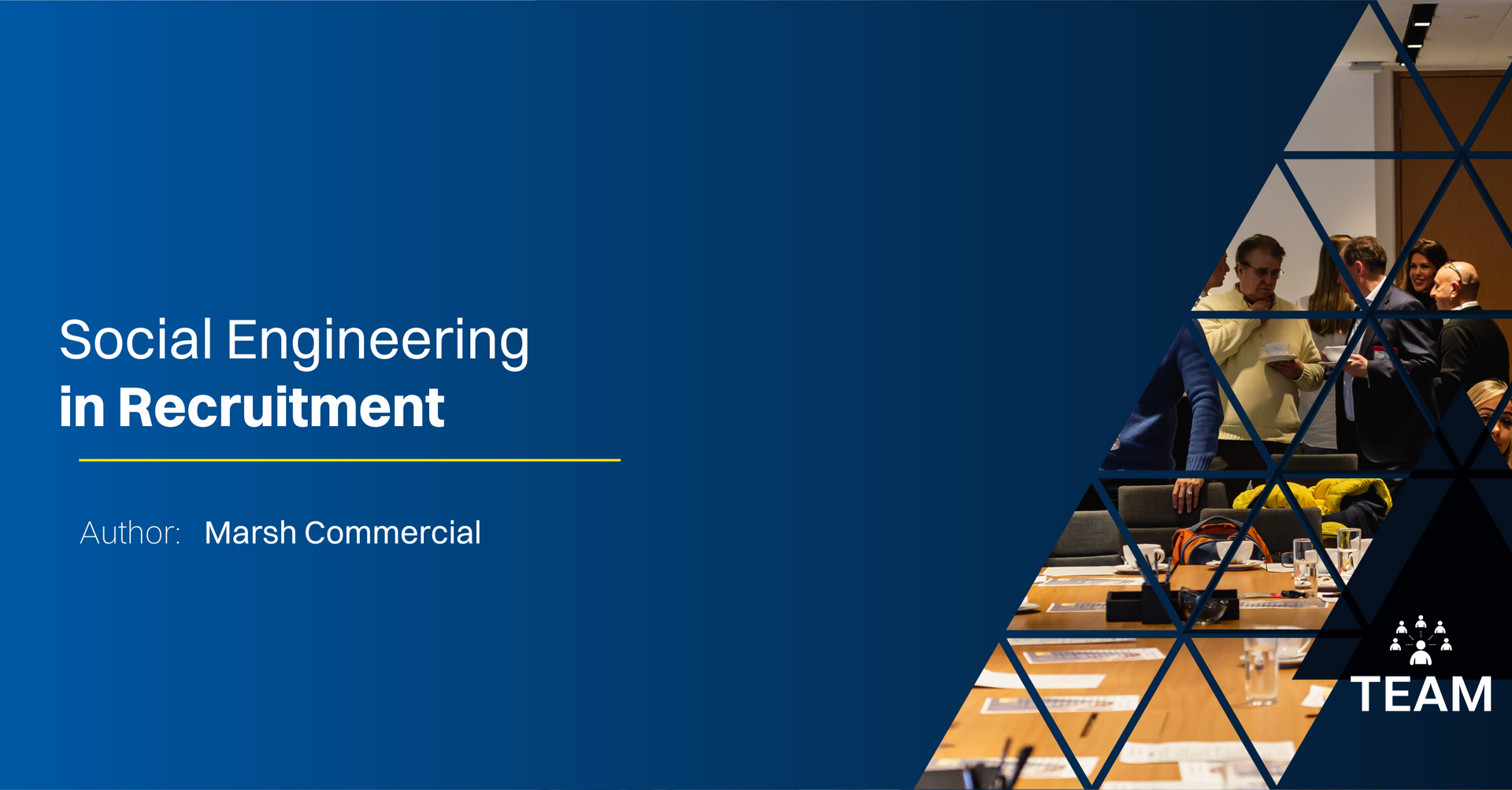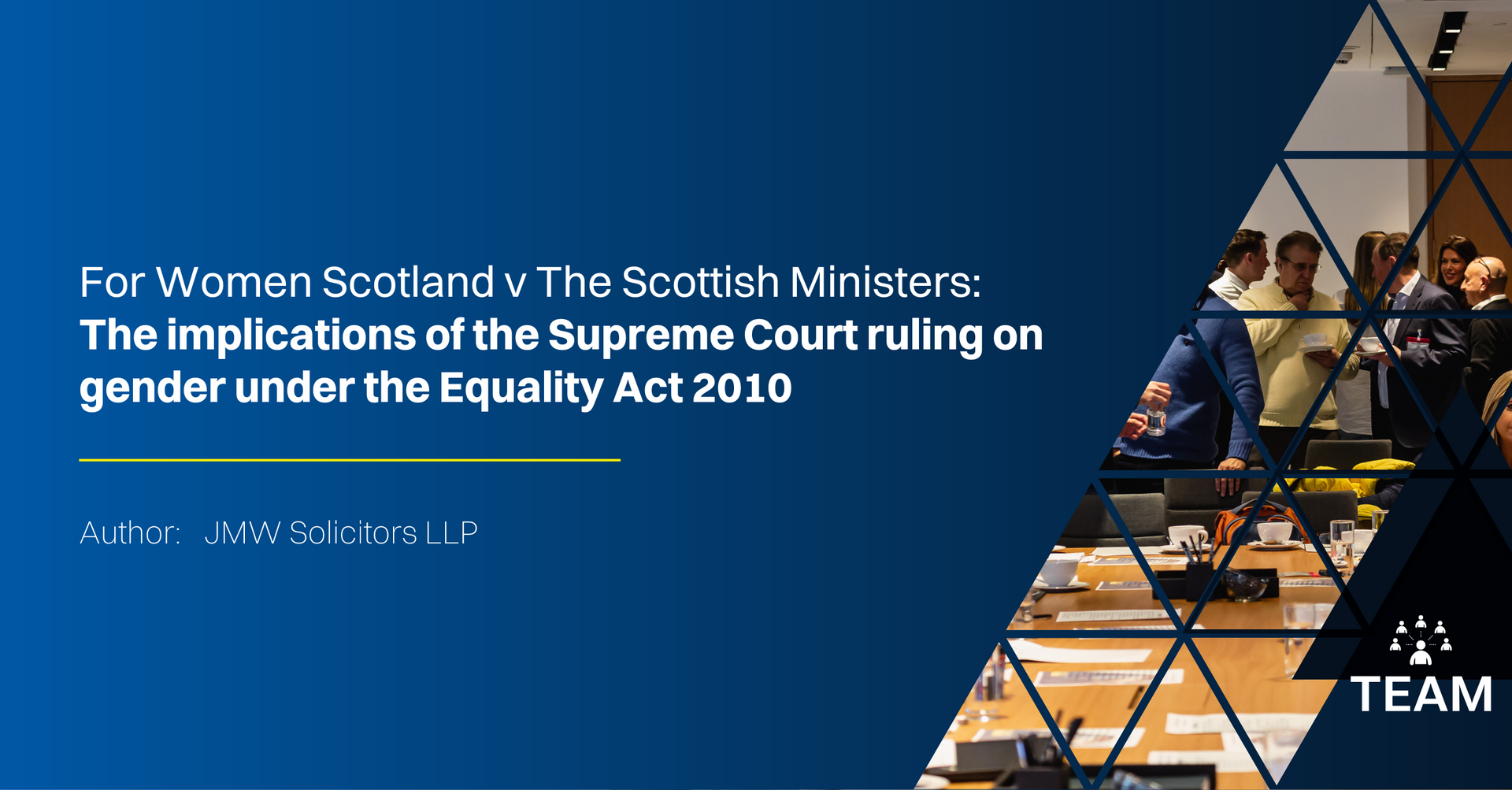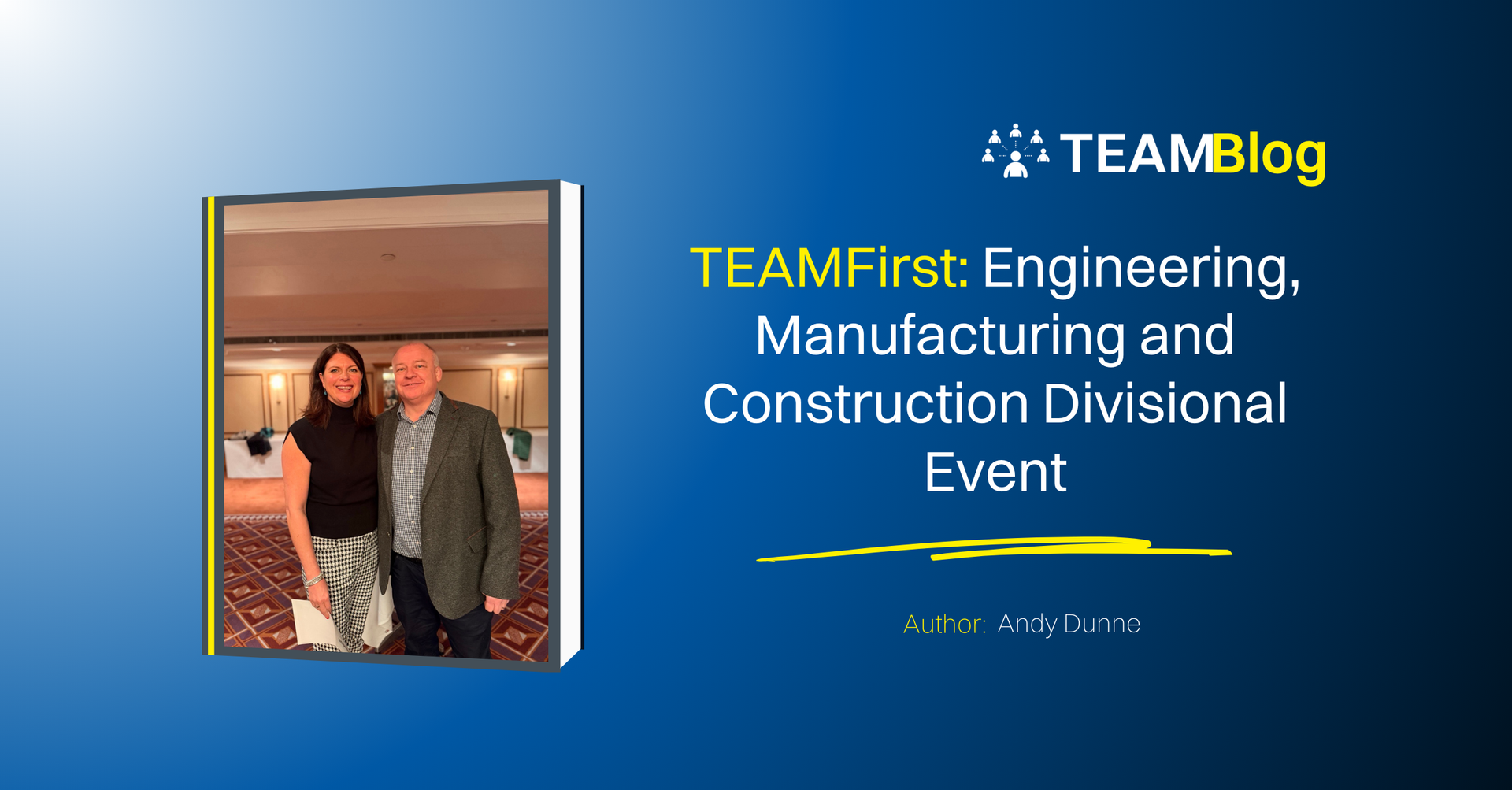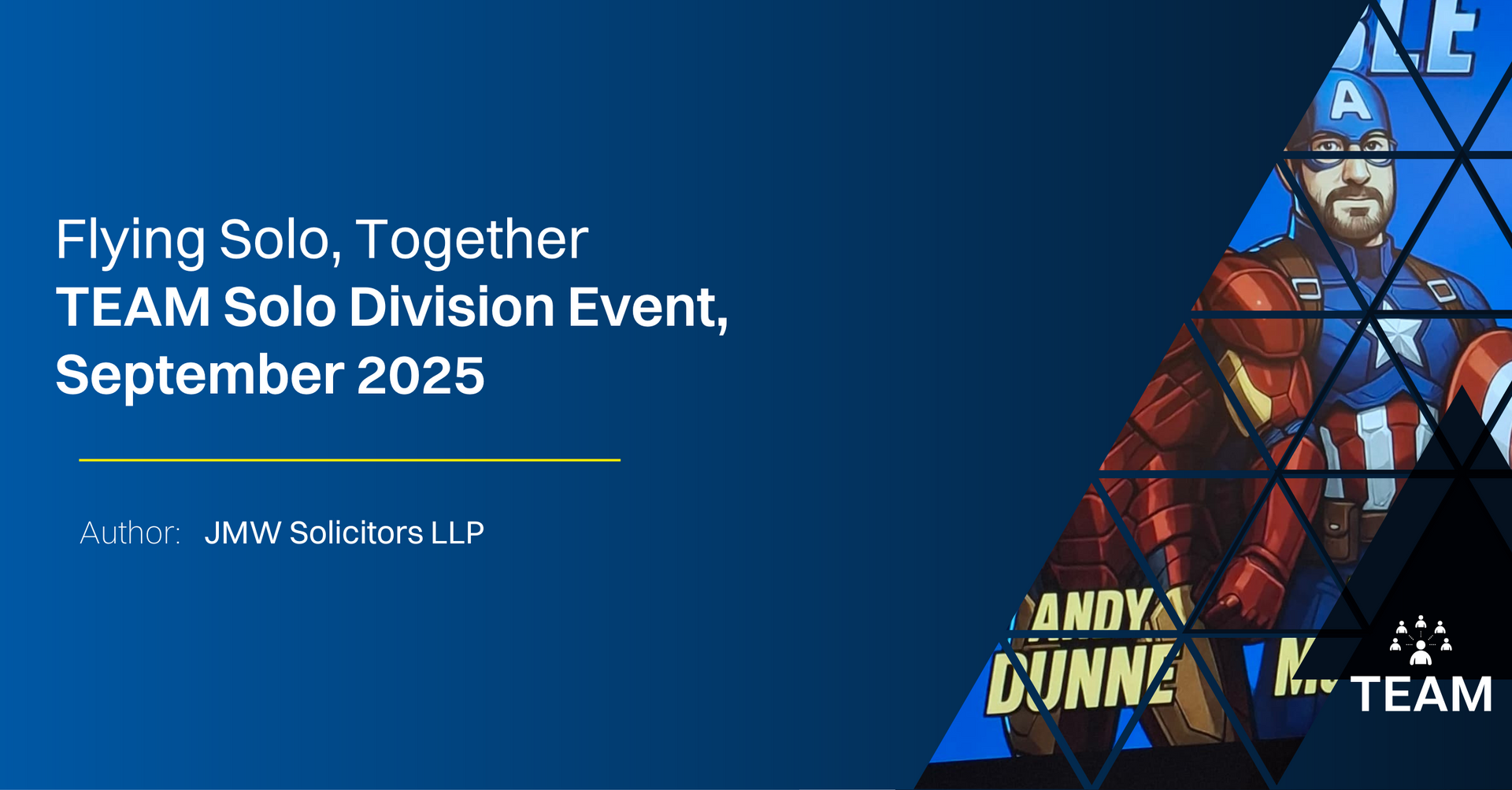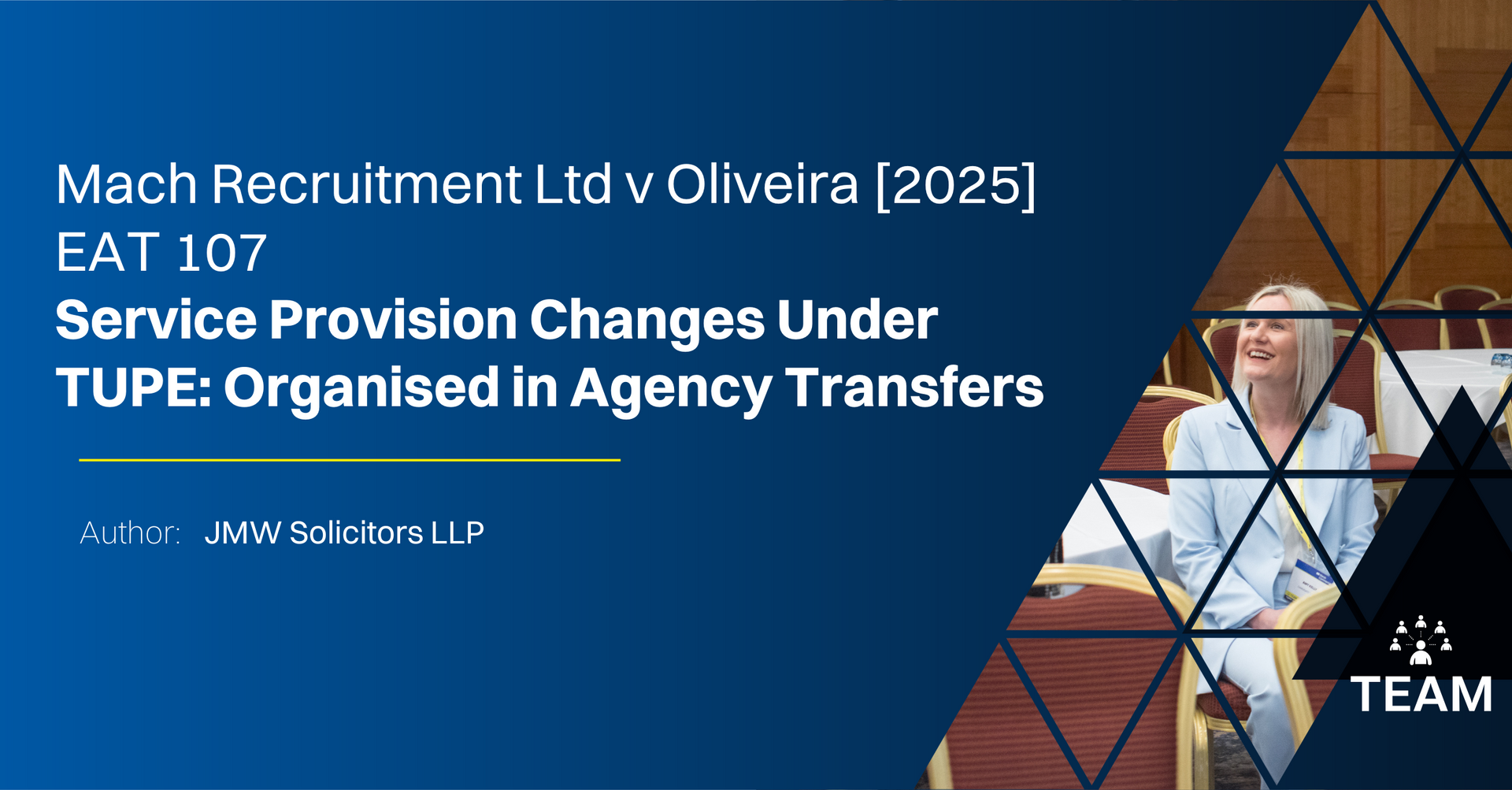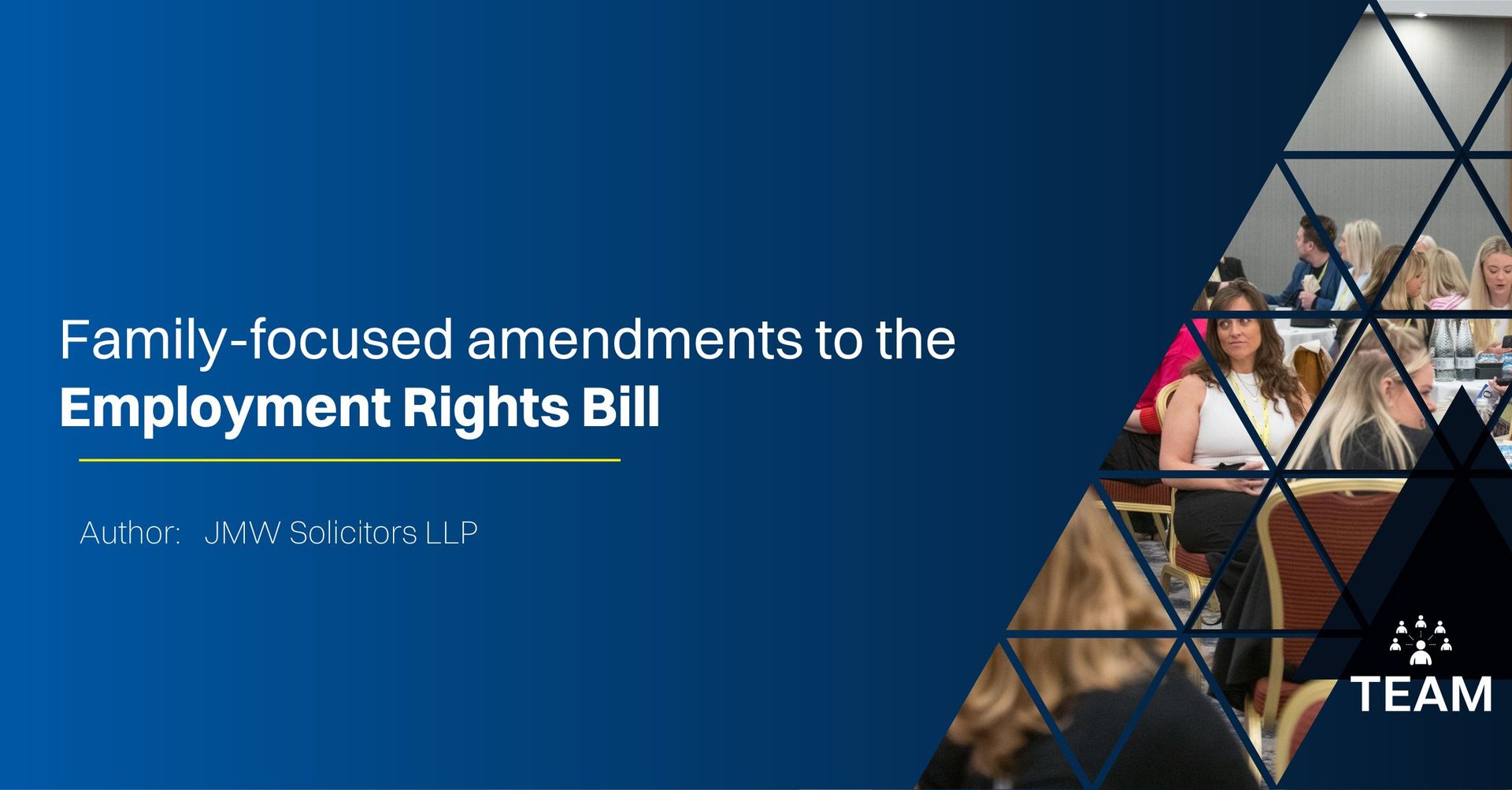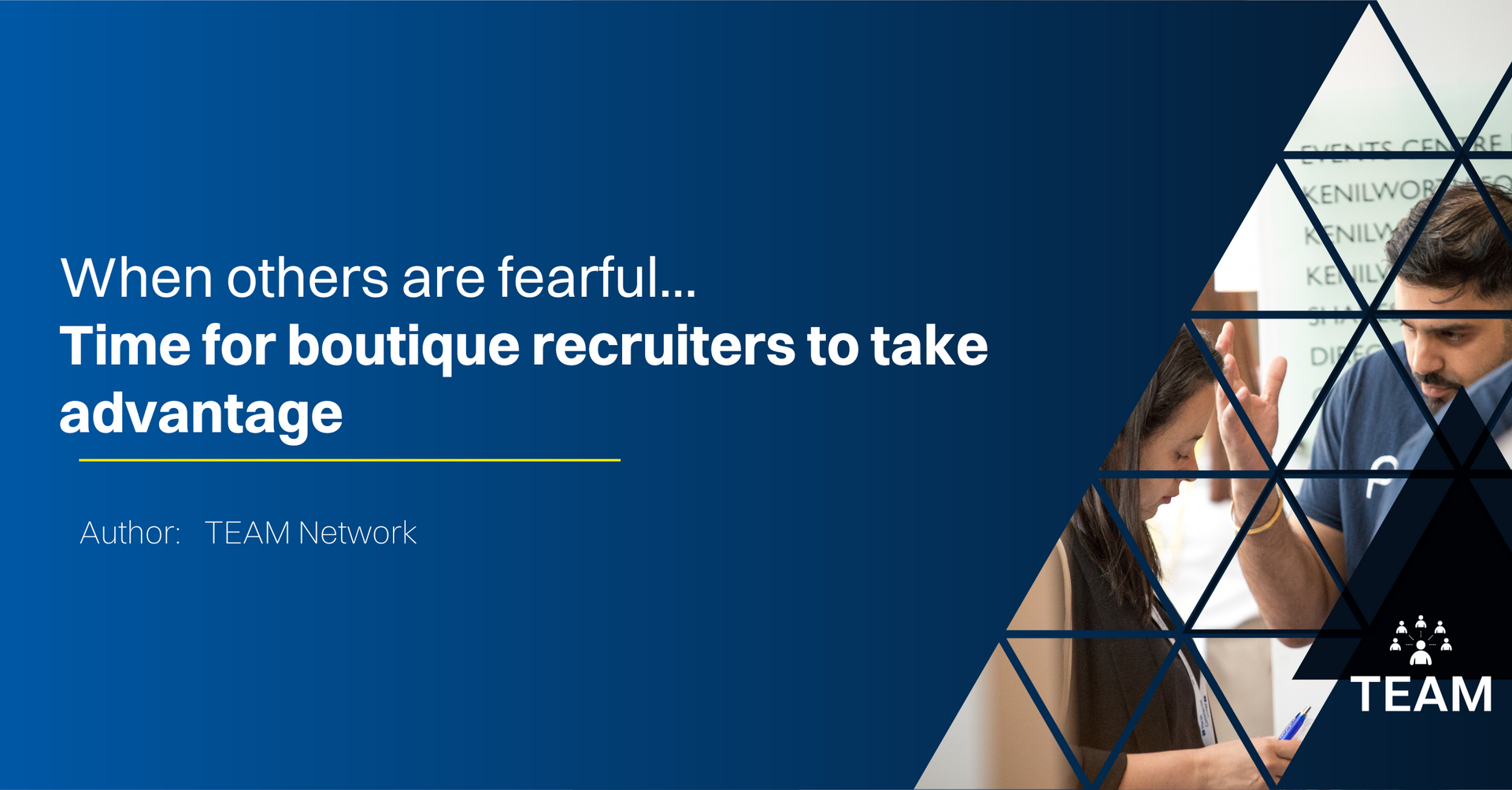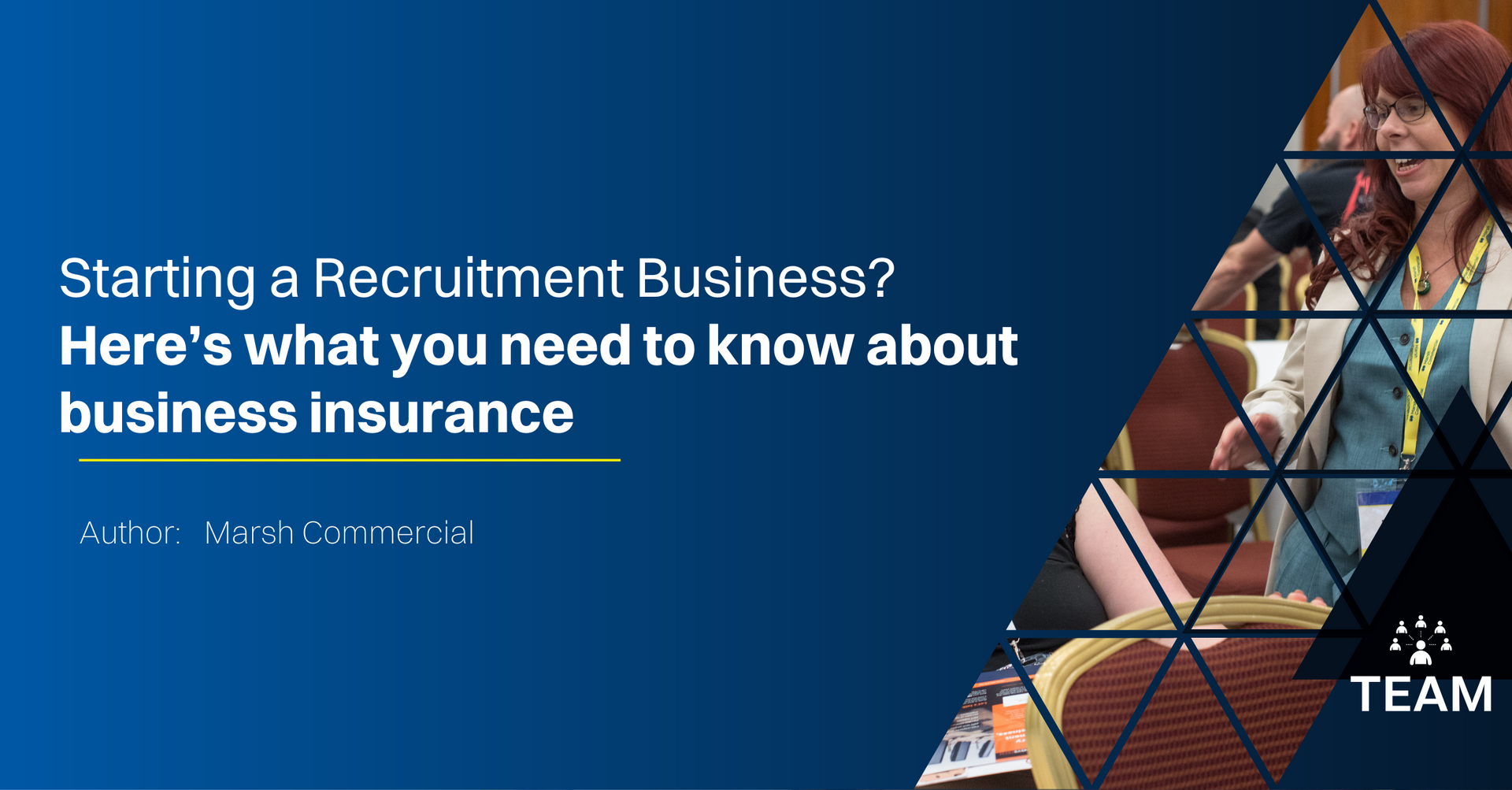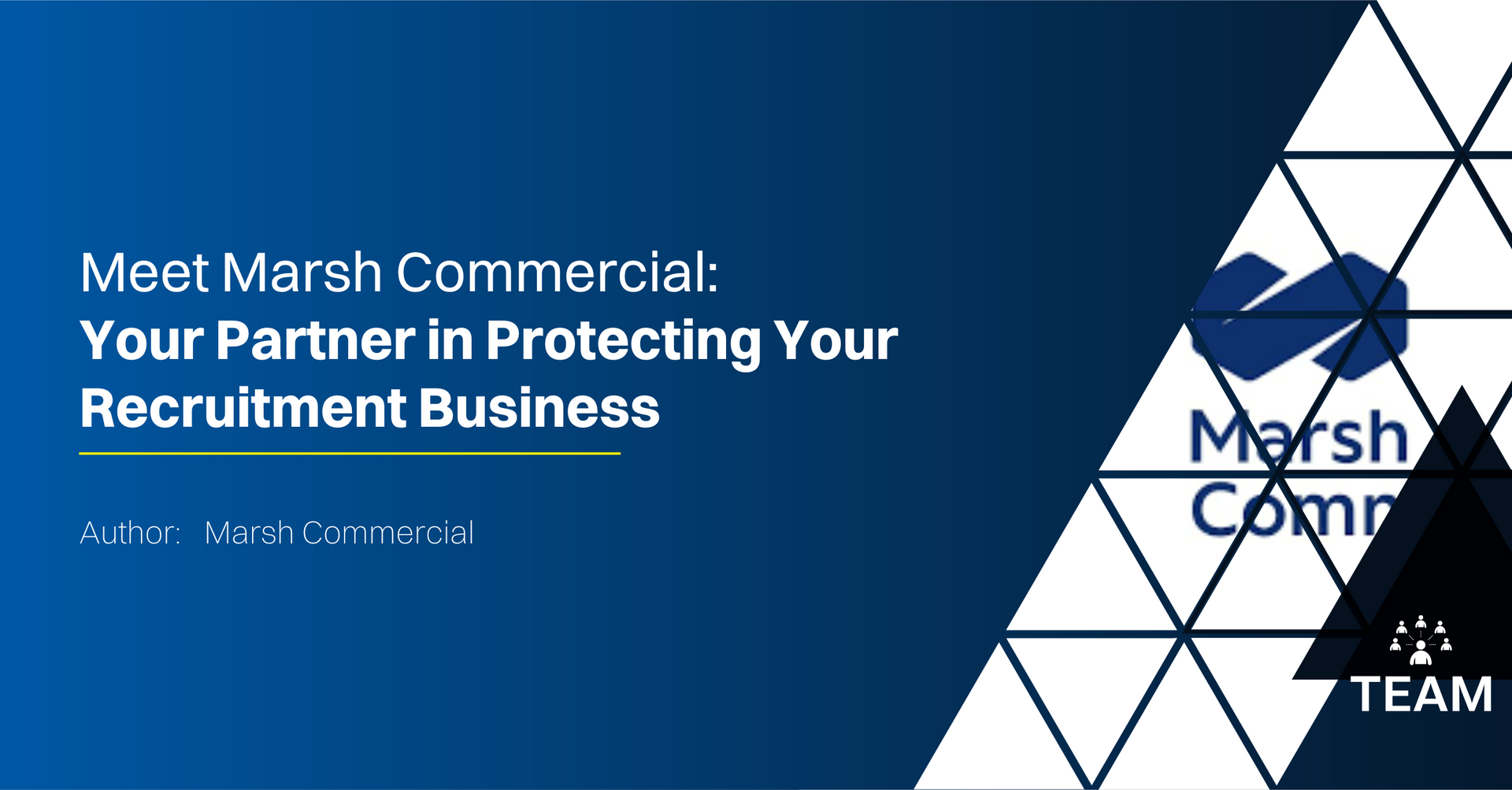The recruitment industry is undergoing a significant transformation, driven by Artificial Intelligence (AI) and digital advancements.
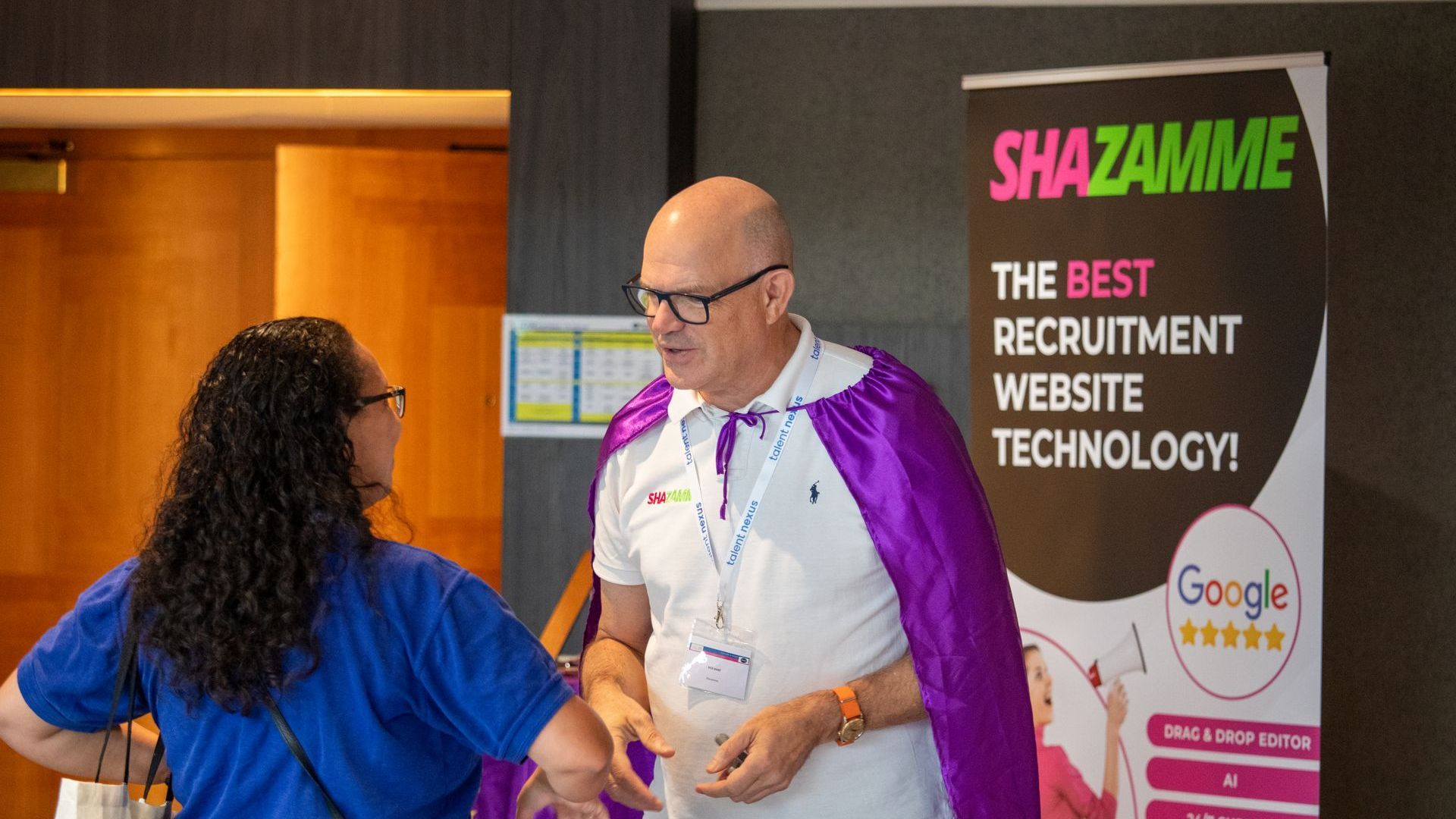
TEAM have collaborated with Service Provider and Partner Shazamme to bring Members an insightful blog article on the future of Recruitment with Ai. Thanks Shazamme and we hope you enjoy the read!
The recruitment industry is undergoing a significant transformation, driven by Artificial Intelligence (AI) and digital advancements. These technologies are reshaping how companies attract, engage, and communicate with both candidates and employers. In particular, AI is streamlining recruitment at the top of the funnel, making recruitment websites essential for attracting the right talent and clients. As digitization of processes becomes increasingly critical, quite simply recruitment businesses that fail to adopt these technologies risk being left behind.
1. The Role of AI in Recruitment
Artificial Intelligence has become a game-changer in recruitment, enabling companies to optimise their recruitment processes by leveraging data, automation, and machine learning. AI allows businesses to make more data-driven hiring decisions, streamline workflows, and improve the candidate experience.
a. AI-Powered Resume Screening
AI tools can scan thousands of resumes in minutes, identifying the most relevant candidates based on key criteria such as skills, experience, and qualifications. This not only reduces the time recruiters spend manually reviewing resumes but also helps eliminate unconscious bias from the screening process, ensuring a fairer selection of candidates.
b. Predictive Analytics for Hiring Decisions
AI doesn’t just speed up tasks—it also provides predictive analytics that enable companies to make more informed hiring decisions. By analyzing historical hiring trends and employee performance data, predictive analytics can forecast which candidates are most likely to succeed in a specific role, reducing turnover and improving overall quality-of-hire.
c. Natural Language Processing (NLP) for Job Descriptions
Natural Language Processing (NLP) is another AI-powered tool that optimises job descriptions by removing biased language and making them more inclusive. NLP helps create job postings that attract a more diverse pool of candidates, appealing to a broader audience and ensuring fairer hiring processes.
2. Automation in Recruitment: Efficiency and Scalability
While AI enhances decision-making, automation transforms the recruitment process by increasing efficiency and scalability. Automation tools allow businesses to handle repetitive tasks, engage candidates and employers consistently, and scale operations as demand grows.
a. Automated Candidate and Employer Sourcing
Automation tools can search job boards, social networks, and databases to identify candidates and employers that match specific recruitment goals. This speeds up the sourcing process, allowing businesses to build a larger and more qualified talent pipeline and client base without manual effort. By automating sourcing, recruiters can attract the right job seekers and employers faster and more effectively.
b. Automated Communication and Engagement
Engaging with both candidates and employers at scale is crucial for a successful recruitment process. Automation tools send personalised emails, provide application status updates, and manage interview invitations automatically. This keeps candidates informed and engaged throughout the process while maintaining strong relationships with employers.
c. Interview Scheduling Automation
Coordinating interviews can be time-consuming, but automation tools simplify this process by syncing candidate and employer calendars and automatically scheduling meetings. This drastically reduces back-and-forth communication, ensuring a smoother and more efficient hiring process for all parties involved.
3. The Benefits of AI and SEO in Recruitment Websites
AI and SEO play a pivotal role in optimising recruitment websites, helping businesses attract the right candidates and employers. A well-designed, AI-enhanced website serves as the top of the funnel and is often the first impression a candidate or employer has of your company. Shazamme’s AI-powered tools ensure your website is not only visually appealing but also optimised for performance, making it a key driver of recruitment success.
a. Faster Time-to-Hire
With Shazamme’s AI-powered SEO tools, businesses can ensure their recruitment websites rank higher on search engines. AI-generated meta descriptions, titles, and image alt tags automatically optimise every piece of content on your website, helping improve visibility. By attracting the right candidates and employers faster, businesses can reduce their overall time-to-hire and speed up recruitment processes.
● Shazamme's AI Meta Descriptions and Titles: Generate compelling, SEO-optimised titles and descriptions for all web pages and automating job postings SEO, ensuring higher relevant click-through rates and faster candidate acquisition.
● Shazamme's AI Image Alt Tags: Automatically generate descriptive alt tags for all images, improving SEO and accessibility, allowing your website to rank higher and attract the right audience more effectively. See all your website images on one page and update all page SEO with the click of a button.
b. Improved Candidate and Employer Experience
A recruitment website is a critical part of the candidate and employer experience. Shazamme’s platform ensures that recruitment websites are SEO-optimised and easy to navigate, offering features like AI-driven content creation and real-time SEO alerts. These features keep your website optimised and ensure a seamless user experience. Additionally, Shazamme’s AI-powered language translation allows your website to cater to a global audience, providing an inclusive experience for candidates and employers across multiple regions.
● Shazamme's AI Content Creation: Automatically create engaging landing pages, blogs, and web content that are SEO-optimised, reducing time spent on content generation and ensuring candidates and employers find the information they need quickly.
● AI-Powered Language Translation: Expand your reach by enabling your website to offer content in multiple languages, making it easier for candidates and employers from different regions to engage with your platform.
c. Scalability for High-Volume Recruitment
For businesses with large-scale recruitment needs, Shazamme’s platform ensures that websites are scalable and can handle high traffic without compromising quality. This scalability supports business growth while ensuring that your recruitment website remains an efficient tool to attract both candidates and employers.
● Shazamme’s AI Section Building: Easily create and update entire sections of your recruitment website, ensuring your platform can expand as needed while delivering an optimal user experience, even at high volumes.
d. SEO and AI for Business Visibility
A strong SEO strategy is critical for any recruitment website. Shazamme’s AI-powered SEO tools help businesses stay visible in a competitive landscape by continuously optimising content and improving search engine rankings. With real-time SEO alerts, your team is always aware of opportunities to enhance the performance of your recruitment website, attracting more relevant candidates and employers and supporting better recruitment outcomes.
● Real-Time SEO Alerts: Shazamme’s platform provides real-time alerts for SEO opportunities and issues, helping businesses continuously optimise their content to maintain high visibility in search engines.
4. How Shazamme Supports the Future of AI in Recruitment Websites
Shazamme is committed to providing businesses with AI-powered recruitment websites that enhance user experience and optimise engagement. Our platform enables you to build customisable websites that are SEO-optimised, accessible, and efficient.
Key Features of Shazamme’s Platform:
● Customisable Websites: Shazamme’s platform allows you to build a modern, SEO-friendly recruitment website that showcases your brand and provides a seamless experience for both candidates and employers.
● AI-Driven Content Creation and SEO Optimisation: Our AI-powered tools automate the creation of landing pages, blogs, and meta descriptions, ensuring that your website ranks highly in search engines and attracts the right audience.
● AI-Powered Language Translation: Engage a global audience with AI-driven language translation, ensuring your content is accessible to candidates and employers across different regions.
● Real-Time SEO Alerts: Stay competitive with real-time SEO alerts that help you continuously optimise your recruitment website for better performance and higher visibility.
Conclusion: The Future of Recruitment with AI and Automation
The future of recruitment lies in the smart integration of AI and automation. With Shazamme’s AI-powered tools, businesses can streamline their recruitment processes, optimise their websites for SEO, and engage highly relevant candidates and employers more efficiently. Recruitment websites serve as the top of the funnel and are often the first impression a company makes on potential talent and clients. Shazamme ensures that your website works as a powerful tool to attract the right talent, enhance the candidate and employer experience, and support scalability as your business grows.
Ready to transform your recruitment strategy? Let Shazamme help you build a future-proof recruitment website that integrates AI and automation, ensuring your business stays competitive and visible in today’s digital recruitment landscape.Start the conversation today.
